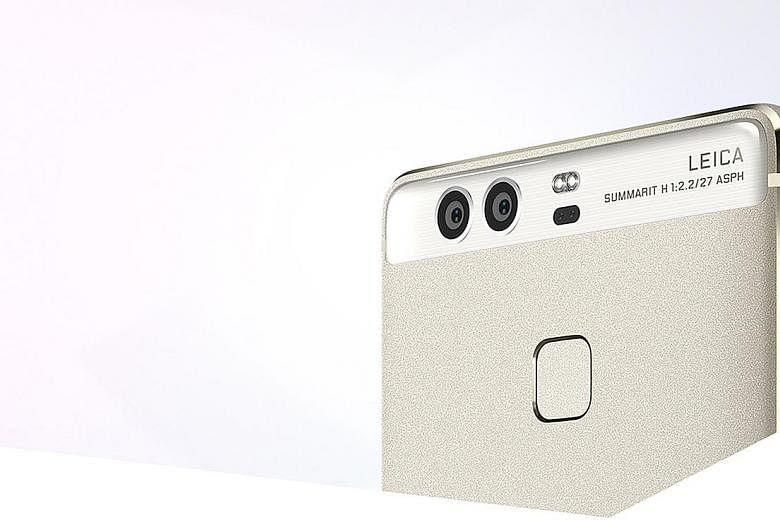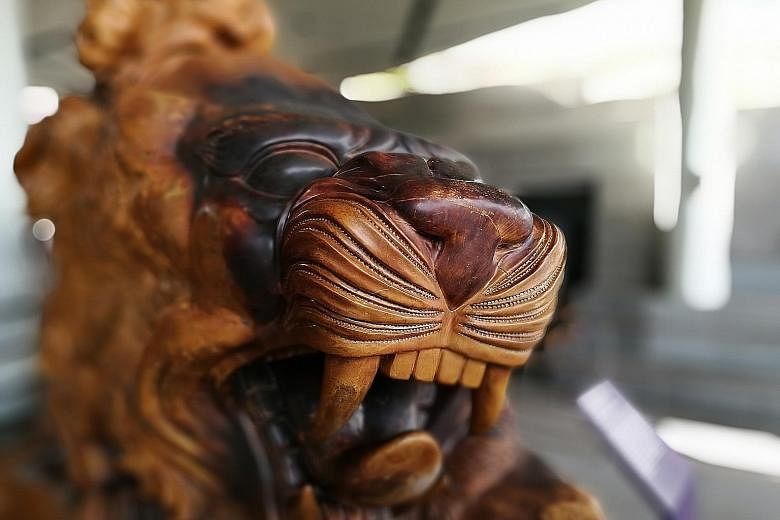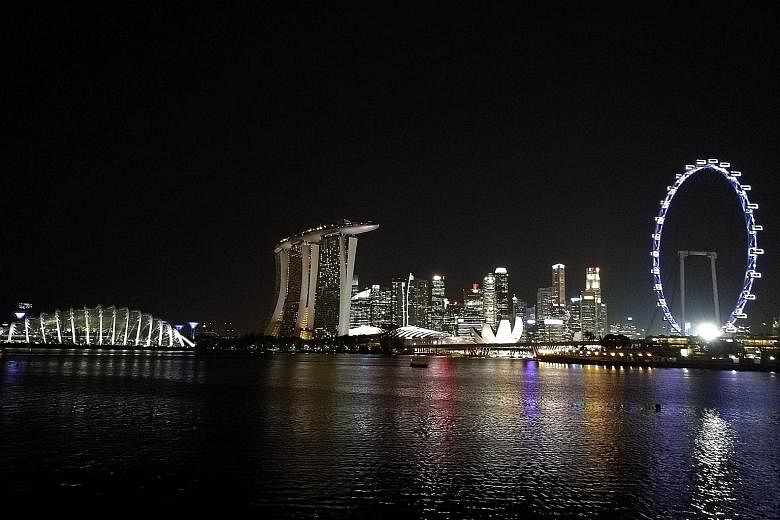Unlike LG and Apple, Huawei did not opt for different focal lengths for its dual-camera system. Instead, the P9's second camera takes only monochrome photos for better details and resolutions.
Many seem puzzled by the concept that this combination will lead to better images. So, let me explain.
A colour image sensor uses three primary colours - red, green and blue - to create the array of colours in an image. Each individual pixel is assigned to capture only one colour. In other words, each pixel captures only one-third of the incoming light.
-
TECH SPECS
-
PRICE: From $768 (without contract)
REAR CAMERAS: 12-megapixel 27mm f/2.2 Colour; 12-megapixel 27mm f/2.2 Monochrome
SENSOR PIXEL SIZE: 1.25 microns
For a monochrome image sensor, each of its pixels takes in three times more light as all three colours are absorbed. Thus, the monochrome image sensor is able to garner more details, sharpness and sensitivity.
So the P9 gets the best of both worlds with a colour and monochrome image sensor combination.
The icons of the P9's native camera app look like those in the Leica cameras that I have tested. On the left side, in landscape orientation, there are options for selfies, filters, flash and depth-of-field. The right side is where you find the shutter release, video recording and preview buttons.
It takes around 1sec for the camera app to start and be ready to shoot, after you tap on it. You swipe up to find more shooting modes, such as monochrome, night shot and panorama. Swipe down for image size, capture settings like touch to capture, and assistive grid.
Autofocusing (AF) is quick and accurate in bright sunlight. In dim lighting conditions, the P9 automatically uses the flash as an AF assist light, and typically achievesa focus within 2sec. I think this is quite brilliant, but not if you want to take photos without drawing attention.
Images shot during the day look crisp and sharp. I love the monochrome pictures shot with the P9. It has the tones and shades like yesteryear's black and white films.
However, colour images look slightly underexposed and the dynamic range is not as wide as the other two smartphones. Could it be that the monochrome bit makes the resulting image darker?
However, this tendency to underexpose serves P9 well during night shots. It was able to keep the Singapore skyline lights from being overexposed and the night sky as black as it looks in real life. It takes the best night shot in this round-up.
Panoramic images are not as smooth as they should be. I saw skewed stitch lines between the different frames that make up the panoramic shot. But exposure remains consistent throughout.
To achieve the bokeh effect, you have to use the depth-of-field option. Tap on it and you get a virtual aperture with a slider that lets you adjust the aperture from f/16 to f/0.95!
The software blurring of the background can look a bit fake. However, the camera app allows you to re-select the focus point and aperture settings after the picture is taken.
• Verdict: The Huawei P9 is great for night shoots, and its depth-of-field option provides plenty of flexibility when shooting portraits.




